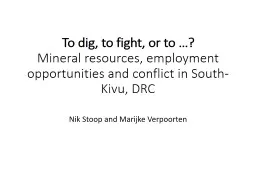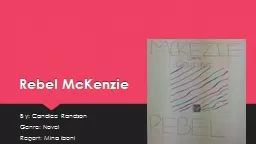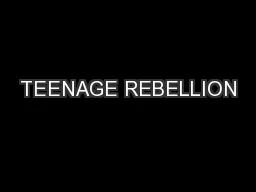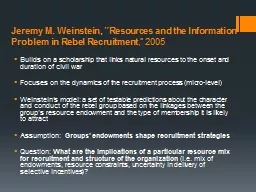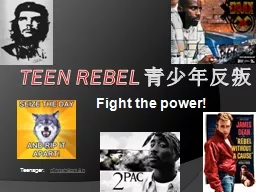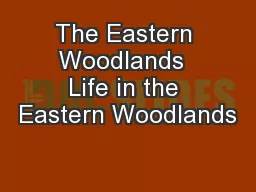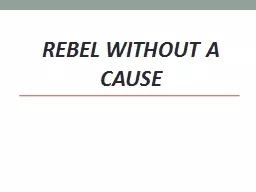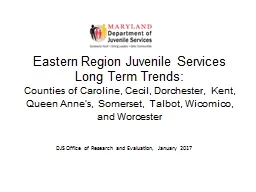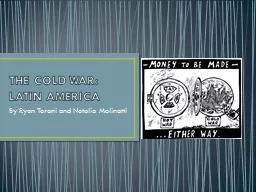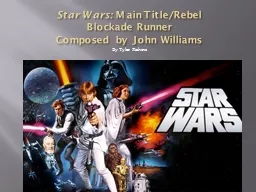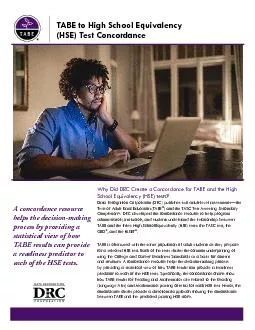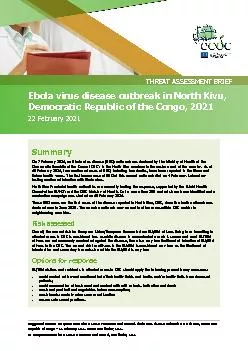PPT-Would you rebel ? An inquiry among high-risk youth in eastern DRC
Author : greemeet | Published Date : 2020-10-01
Nik Stoop University of Antwerp amp KULeuven Marijke Verpoorten University of Antwerp Motivation Contribution Method Data Results Conclusion Motivation In
Presentation Embed Code
Download Presentation
Download Presentation The PPT/PDF document "Would you rebel ? An inquiry among high..." is the property of its rightful owner. Permission is granted to download and print the materials on this website for personal, non-commercial use only, and to display it on your personal computer provided you do not modify the materials and that you retain all copyright notices contained in the materials. By downloading content from our website, you accept the terms of this agreement.
Would you rebel ? An inquiry among high-risk youth in eastern DRC: Transcript
Download Rules Of Document
"Would you rebel ? An inquiry among high-risk youth in eastern DRC"The content belongs to its owner. You may download and print it for personal use, without modification, and keep all copyright notices. By downloading, you agree to these terms.
Related Documents

